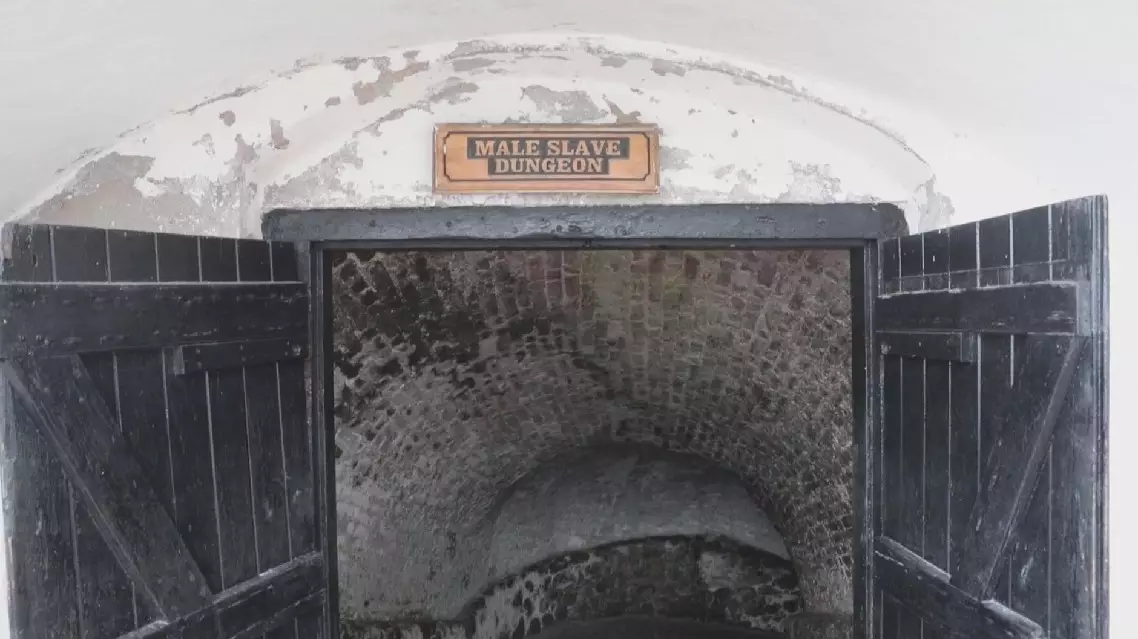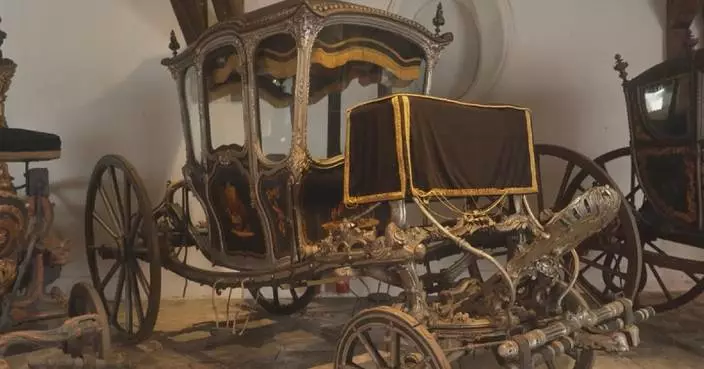A compilation of excerpts from discourses on Chinese modernization by Chinese President Xi Jinping has been published in French by the Central Compilation and Translation Press.
Compiled by the Institute of Party History and Literature of the Communist Party of China (CPC) Central Committee, the book collects a series of important discourses by Xi between November 2012 and October 2023 regarding Chinese modernization.
The book's French version and its English version previously published will together help overseas readers better grasp the theoretical and practical context of Chinese modernization.
The book is also of great significance to enhancing the international community's understanding in joining hands on the path towards modernization.

Book of Xi's discourses on Chinese modernization published in French
Ghana's Cape Coast Castle Museum, housed in one of the wings of Cape Coast Castle, commemorates centuries of the slave trade on the African continent.
Cape Coast Castle, located on the rocky coast of the Eastern Atlantic, is the most prominent of the 30 or so "slave castles" in the West African country. It served as an important trading port in the infamous transatlantic slave trade between Europe, Africa and the Americas before Ghana became independent.
In 1974, the government of Ghana converted the castle into a historical museum, and in 1979, Cape Coast Castle was inscribed on the UNESCO World Heritage List, along with other colonial castles in Ghana.
In the corners of the castle are sealed, dank dungeons known to the colonists as "slave caves," where Africans were confined before being forced onto slave ships bound for the Americas. There are about a dozen narrow dungeons in the castle, which are divided into "men's cells" and "women's cells," with each holding between 100 and 200 people, and having only enough space for the people to stand or sit close together and small skylights for ventilation. Very limited food and water were supplied there.
The castle once held over 1,000 Africans at a time while the colonists waited for the right monsoon to sail. The museum's narrator said the physical and mental torture of the internees sometimes lasted months, and many died of starvation and disease before boarding the slave ships.
By comparison, the occupants of the administrative offices above lived in relatively luxurious, large and bright rooms.
Through the renowned "Door of No Return" at the end of the castle, the enslaved Africans ended their last time in their homeland and began their one-way journey to be shipped across the ocean.
During the Atlantic slave trade from the 16th to the 19th century, a total of 10 to 12 million enslaved Africans were transported across the Atlantic Ocean to the Americas, fueling global trade and the rapid accumulation of capital and leaving devastating effects in Africa, including the loss of young and able-bodied labor, drastic population reduction, disruption of production technology and tribal conflicts, escalation of violence, and decline of civilization.

Ghana's castle-based museum commemorates slavery history










